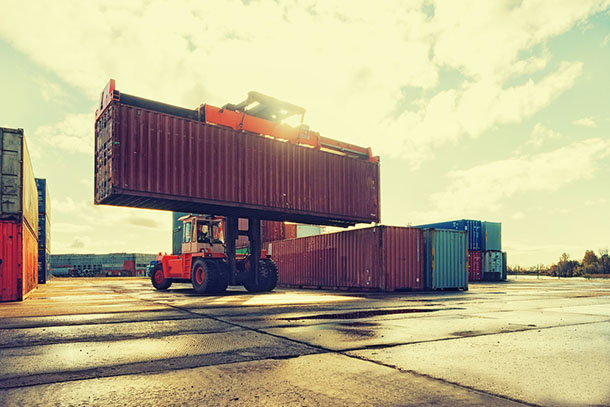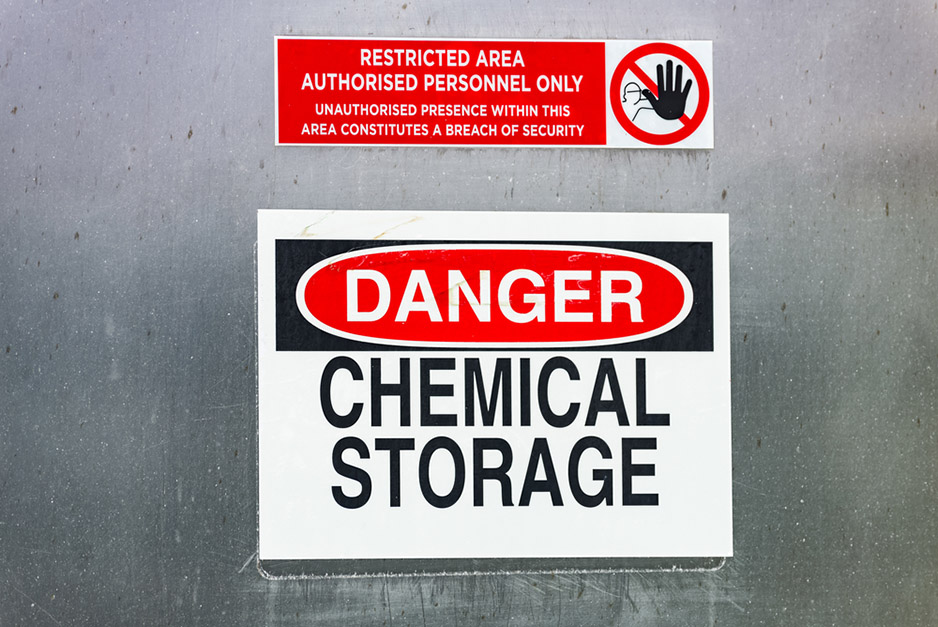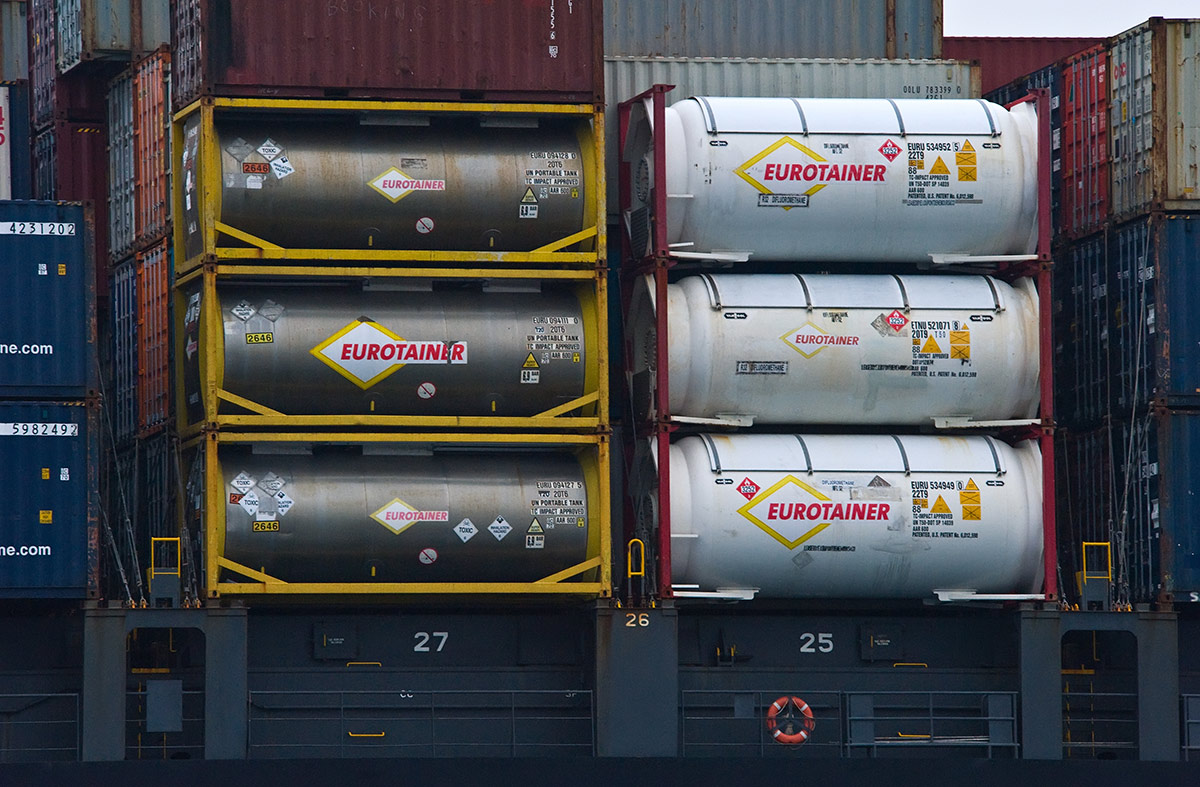Shipping containers are how the world moves goods in bulk. In fact, an estimated 60 percent of all seaborne trade worldwide is thought to use intermodal containers! Thus, if you’re in the international freight market, it’s important to know your way around a shipping container and be aware of their specs and dimensions.
Air Sea Containers is a leading supplier of new and used shipping containers for American businesses. We like to ensure that our customers know the basics of shipping containers so that they can use them more safely and effectively. Check out this quick guide to the basics of shipping container dimensions to help you size them up.
Standard Shipping Container Sizes
There are four standard shipping container sizes in use today. Their dimensions are:
- 20 ft. Standard
- 40 ft. Standard
- 20 ft. High Cube
- 40 ft. High Cube
How do these dimensions affect the everyday applications and specifications of a shipping container? And what’s the difference between external and internal dimensions? We’ll find out—but first, let’s examine the physical structure of a shipping container.
How a Shipping Container Is Structured
A shipping container is a corrugated steel box that’s designed to be both highly stackable and easy to manipulate with a cargo crane that transports it between ships, trucks and rail cars. Because cargo cranes lift shipping containers by their corners, a shipping container’s main structural strength is in its cargo posts and in the steel beams that reinforce its floor.
The back and sides of shipping containers are made from corrugated steel, with the corrugations further increasing the container’s strength. However, the corrugations also slightly reduce the cargo area available inside the container—an important factor that has to be accounted for when packing a container.
Length, Width and Height of a Shipping Container
We’ve seen the dimensions of the length, width and height of a shipping container. However, it’s important to look at the internal dimensions, rather than the external ones, as the internal dimensions give a more accurate and useful picture of the container’s functional capacity.
That’s because the floor thickness, as well as the corrugated walls and ceiling, of a shipping container have to be taken into account when determining its capacity. Most shipping containers will lose around two inches of length and three inches of width from corrugation. On top of that, they lose around eight inches from the thickness of the floor required to keep the container structurally sound, as well as from the corrugation of the roof.

Weight and Capacity of a Shipping Container
So, exactly how much weight can a shipping container hold? There are three different metrics that the shipping industry uses to measure that:
- Tare Weight: What the container weighs when it’s completely empty.
- Payload Weight: The maximum cargo weight that the container can hold.
- Max Gross Weight: The tare weight plus the payload weight, or what the container weighs when it’s completely full.
Cut-Down Containers
Because almost all shipping containers are manufactured in the dimensional profiles listed above, businesses that need different container sizes must often cut their own shipping containers or have custom cut-down shipping containers manufactured for their needs.
It’s important to know that a cut-down container doesn’t have the same structural strength as an unaltered container. No matter how carefully the cuts are done, the container’s strength will be reduced due to its substantial structural change, so never guess at how much weight it can support. The best way is always to ask the container distributor what load the container is rated for. Remember also that most cut-down containers should not be stacked or handled using normal container handling equipment.

Getting a great rate on shipping containers can create substantial cost savings for your business, and you can save time and effort by getting a quote free from Air Sea Containers! Just use our container quote request form to contact us and we’ll send you a no-obligation quote on any shipping container–delivered straight to where you need it.











